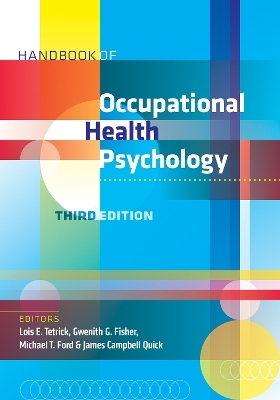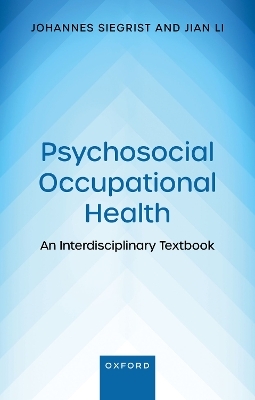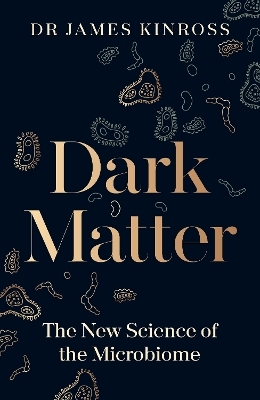
Plant Responses to Soil Pollution
Springer Verlag, Singapore
978-981-15-4966-3 (ISBN)
Drawing on decades of soil-related research, this book focuses on soil pollution, types of soil pollutants, and their impacts on plant physiological and biochemical systems, along with crop productivity. The book begins with a brief introduction to soil pollution and continues with a discussion of the different types and their effects, together with remediation methods. It highlights various sources of soil pollution such as herbicides, acidification, chemical fertilizers, sewage sludge, heavy metals, and radioactive pollutants. It also covers plant responses to combinations of pollutants, effects of pollutants on plant ultrastructure, interactions between pollutants and plant diseases, and interactions between pollutants and agricultural practices. In closing, it addresses the challenges involved in the restoration of degraded land, side effects of agricultural practices in the form of greenhouse gases, and strategies for mitigating these effects.
Plant Responses to Soil Pollution offers an essential guide for students, environmental consultants, researchers and other professionals involved in soil and plant-related research.
Pratibha Singh has been working as DST—Women Scientist b (WOS b) in the Department of Botany at the University of Allahabad, India. Her areas of expertise include sustainable agriculture and the side effects of abiotic stresses present in the environment on soil and plants. The research work aims towards a holistic approach to achieving sustained soil fertility and productivity along with maintenance of plant health in terms of physiology and biochemistry in tropical croplands. Dr. Singh obtained her PhD in Botany from Banaras Hindu University, Varanasi, India. She received several fellowships from UGC, CSIR, and DST during her doctoral and postdoctoral programs. She has authored several scientific publications and two textbooks with reputed international publishers. She has participated in many national and international conferences and has presented her work in the form of both oral and poster presentations.She bagged several prizes as young scientist and on the best oral presentation award in an international conference. She has also delivered an invited talk at Malaya University, Kuala Lumpur, Malaysia. Dr. Singh is also the life member of Blue Planet Society and the Society for Science and Nature. Sunita Kumari Singh is Assistant Professor in the Department of Botany at Jai Prakash University, Bihar, India. She obtained her PhD degree in Botany from Banaras Hindu University, Varanasi, India. Her expertise in research covers the effect of UV radiation stress on cyanobacteria. Her research interest is on environmental stress on cyanobacteria. She has authored many research publications in reputed journals and four book chapters. She has received UGC fellowships and Jawaharlal Nehru Memorial Fund scholarship during her PhD. Sheo Mohan Prasad is Professor in the Department of Botany at the University of Allahabad. He obtained his MSc and PhD degrees from Banaras Hindu University, Varanasi, India. Prof. Prasad has authored more than 200 scientific publications and edited 10 books with renowned international publishers. He has guided 26 PhD students and 3 postdoctoral fellows and is supervising 10 research students on varied aspects of physiology and biochemistry of plants and cyanobacteria exposed to abiotic stresses—heavy metal, pesticide, salinity, high light and UV-B with special reference to the role of ROS as signaling and antioxidants regulation. Prof. Prasad is also the editor and reviewer of several reputed international journals. Prof. Prasad is also a fellow of the National Academy of Sciences, India, and the Indian Botanical Society and is a member of the International Society for Silicon in Agriculture.
Chapter 1: Soil Acidification and Its Impact on Plants.- Chapter 2: Challenges to Organic farming in Restoration of Degraded Land in India.- Chapter 3: Biochemical and Molecular Responses of Plants exposed to Radioactive Pollutants.- Chapter 4: Cadmium: A Threatening Agent for Plants.- Chapter 5: Effect of Soil Polluted by Heavy Metals: Effect on Plants, Bioremediation and adoptive evolution in plants.- Chapter 6: Plant Responses to Sewage Pollution.- Chapter 7: Soil Pollution caused by Agricultural Practices and Strategies to Manage Them.- Chapter 8: Inorganic Soil Contaminants and their Biological Remediation.- Chapter 9: Phytoremediation of pollutants from soil.- Chapter 10: Impacts of Soil Pollution on Human Health with Special Reference to Human Physiognomy and Physiology.- Chapter 11: Impact of Herbicide Use on Soil Microorganisms.- Chapter 12: Biological Magnification of Soil Pollutants.- Chapter 13: Soil Pollution and Human Health.- Chapter 14: Emission of Greenhouse Gases from Soil: An Assessment of Agricultural Management Practices.
| Erscheinungsdatum | 11.10.2021 |
|---|---|
| Zusatzinfo | 17 Illustrations, color; 10 Illustrations, black and white; XXI, 248 p. 27 illus., 17 illus. in color. |
| Verlagsort | Singapore |
| Sprache | englisch |
| Maße | 155 x 235 mm |
| Themenwelt | Medizin / Pharmazie ► Medizinische Fachgebiete ► Arbeits- / Sozial- / Umweltmedizin |
| Studium ► Querschnittsbereiche ► Klinische Umweltmedizin | |
| Naturwissenschaften ► Biologie ► Botanik | |
| Weitere Fachgebiete ► Land- / Forstwirtschaft / Fischerei | |
| Schlagworte | biomagnification • Chemical fertilizers • Heavy metals • Radioactive Pollutants • Sewage Pollution • Soil acidification • Soil Pollution |
| ISBN-10 | 981-15-4966-4 / 9811549664 |
| ISBN-13 | 978-981-15-4966-3 / 9789811549663 |
| Zustand | Neuware |
| Haben Sie eine Frage zum Produkt? |
aus dem Bereich


